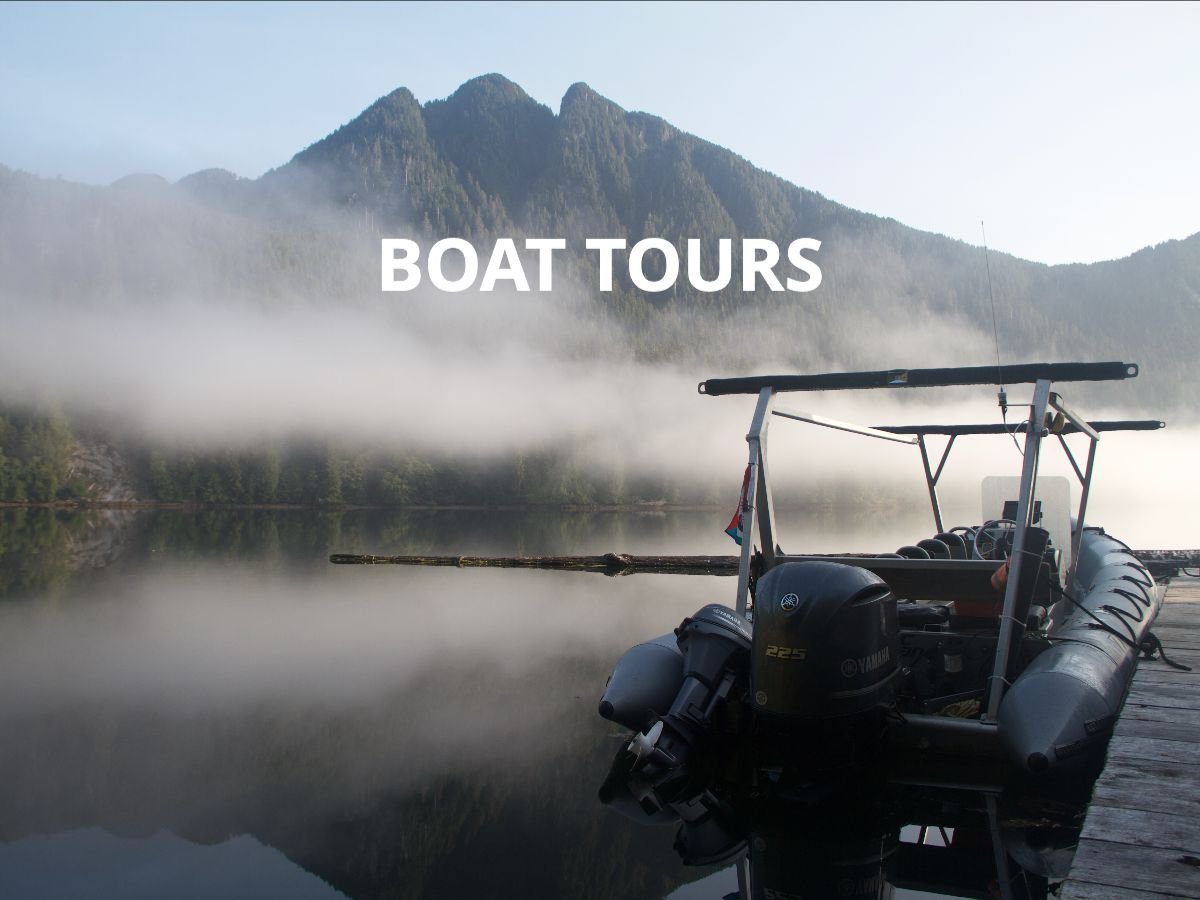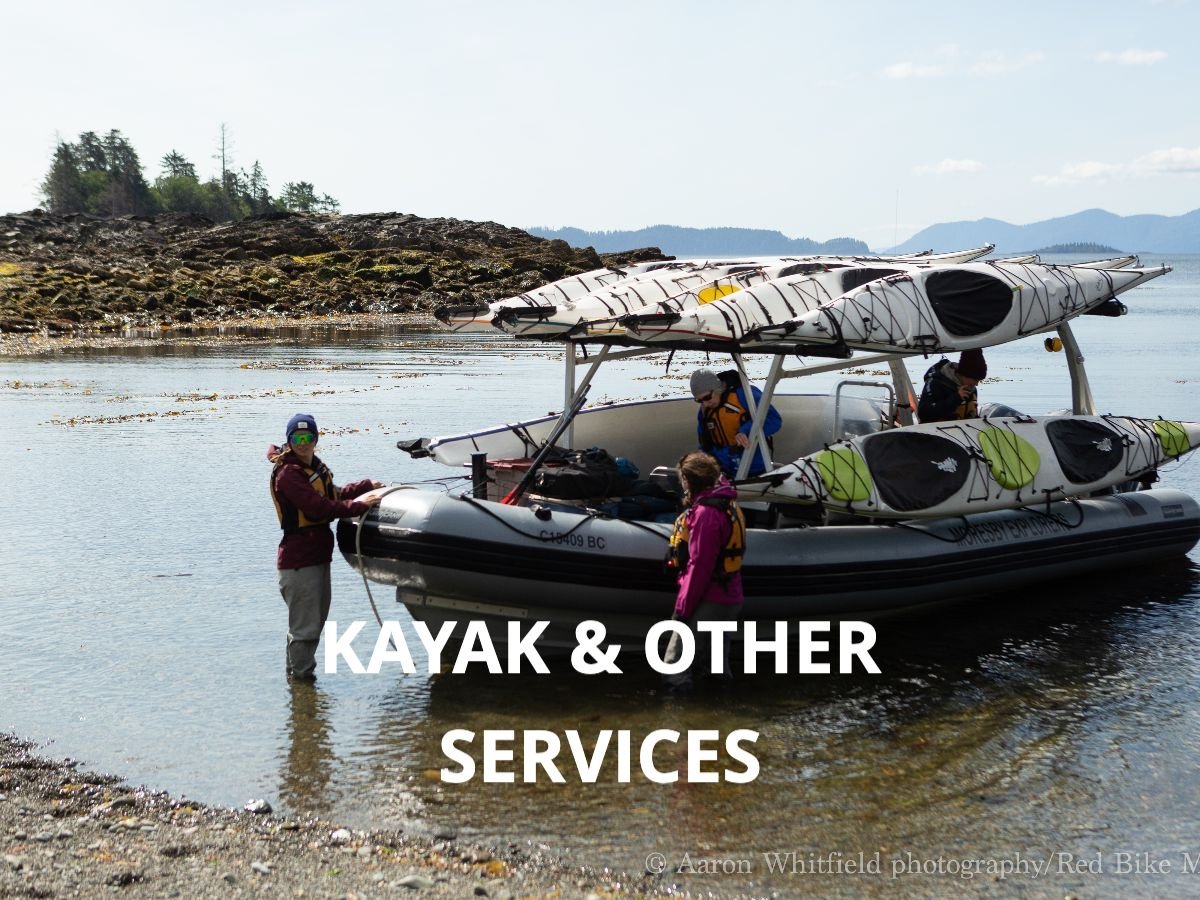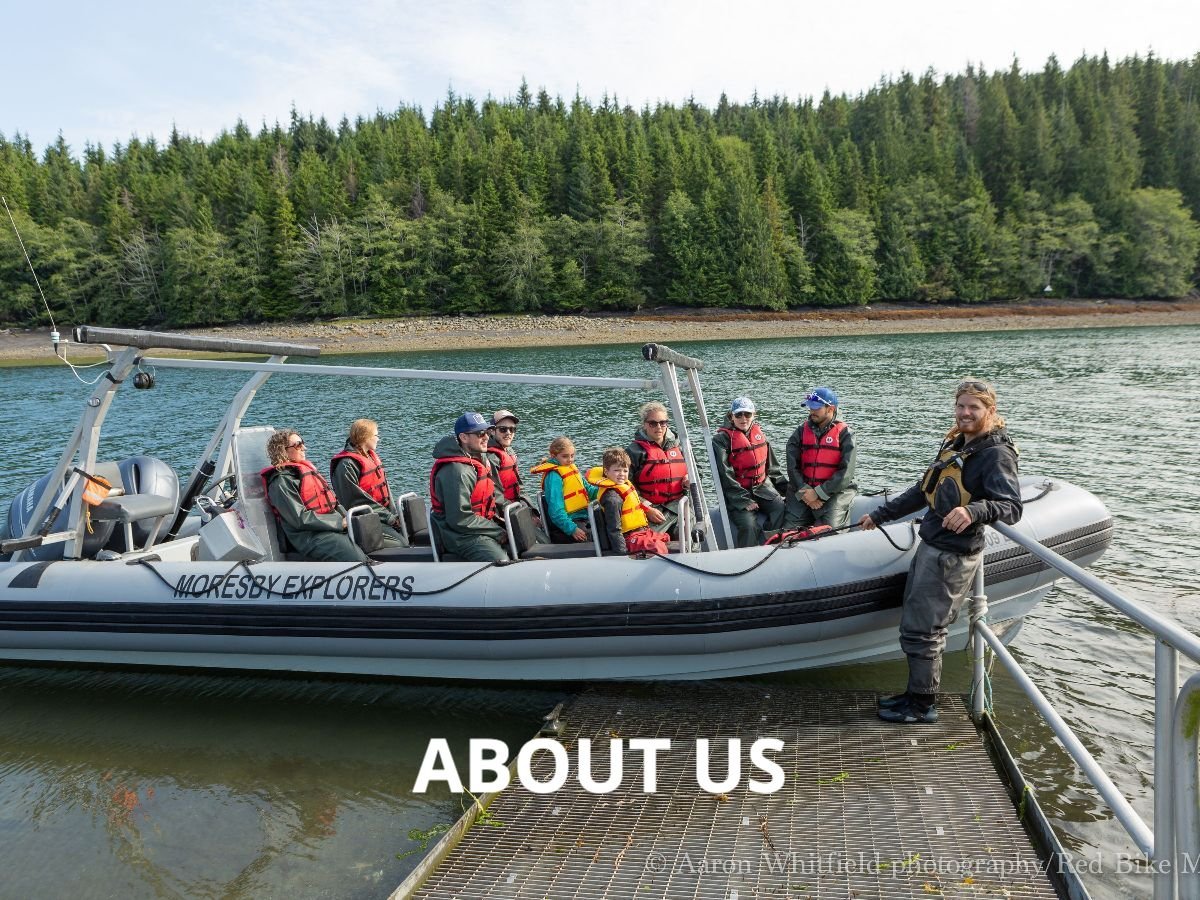Summer Is In Full Swing!
The summer brings stark contrast in a world of temperamental seas, wild winds and long nights. The winds take a breath, the seas rest, and the wildlife take advantage of the hot sun and longer days.
By now, most seabird chicks have hatched, and their parents are on a feeding frenzy to prepare their young for the wild Pacific Ocean.
Ancient Murrelet chicks head for the ocean from their burrows just days after hatching, and this is their new home until they are old enough to have their own young. Most of these birds (there are over 250,000 breeding pairs on Hadia Gwaii) will now head to the continental shelf of the western shore of Haida Gwaii. This shelf goes from above 2,000m to just 60m deep, creating huge upwellings of cool water and nutrients, creating perfect conditions for krill and small fish, like sand lances, a favourite snack for the Ancient Murrelet.
This abundance of krill also attracts baleen whales, and scientists have recently found just how closely dependent baleen whales and krill are.
During periods when people hunted whales, krill quantities slowly declined. This decline is an unusual reaction because whales are the krill's top predators, and most predatory relationships usually tip the balance when we see the population of top predators reducing.
However, we shouldn’t underestimate the amount of feces produced by whales!! It turns out their fecal matter is an important food source, so as the whale population declined, so did krill numbers; it's called the Krill Paradox.
Thankfully, baleen whale numbers are bouncing back (slowly), bringing about more krill, meaning more food for other krill predators, like the Ancient Murrelet.
So, here's to more whales, sunshine and birds (oh, and of course, poop!)
We have some limited availability left for the rest of the summer season; click the images below to learn more:
If you have any questions, please don't hesitate to call us at (250) 637-2215 or Toll-Free: 1 (800) 806-7633. Our office is open seven days a week from 9 am to 5 pm in peak season and Monday - Friday in the off-season or contact us here.
We hope to see you soon!
Ollie, Alex and the Moresby Explorers team.






